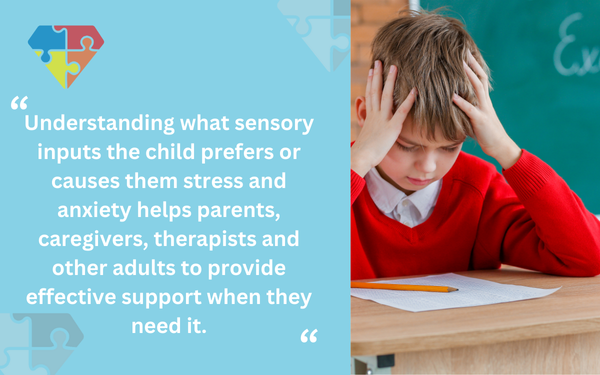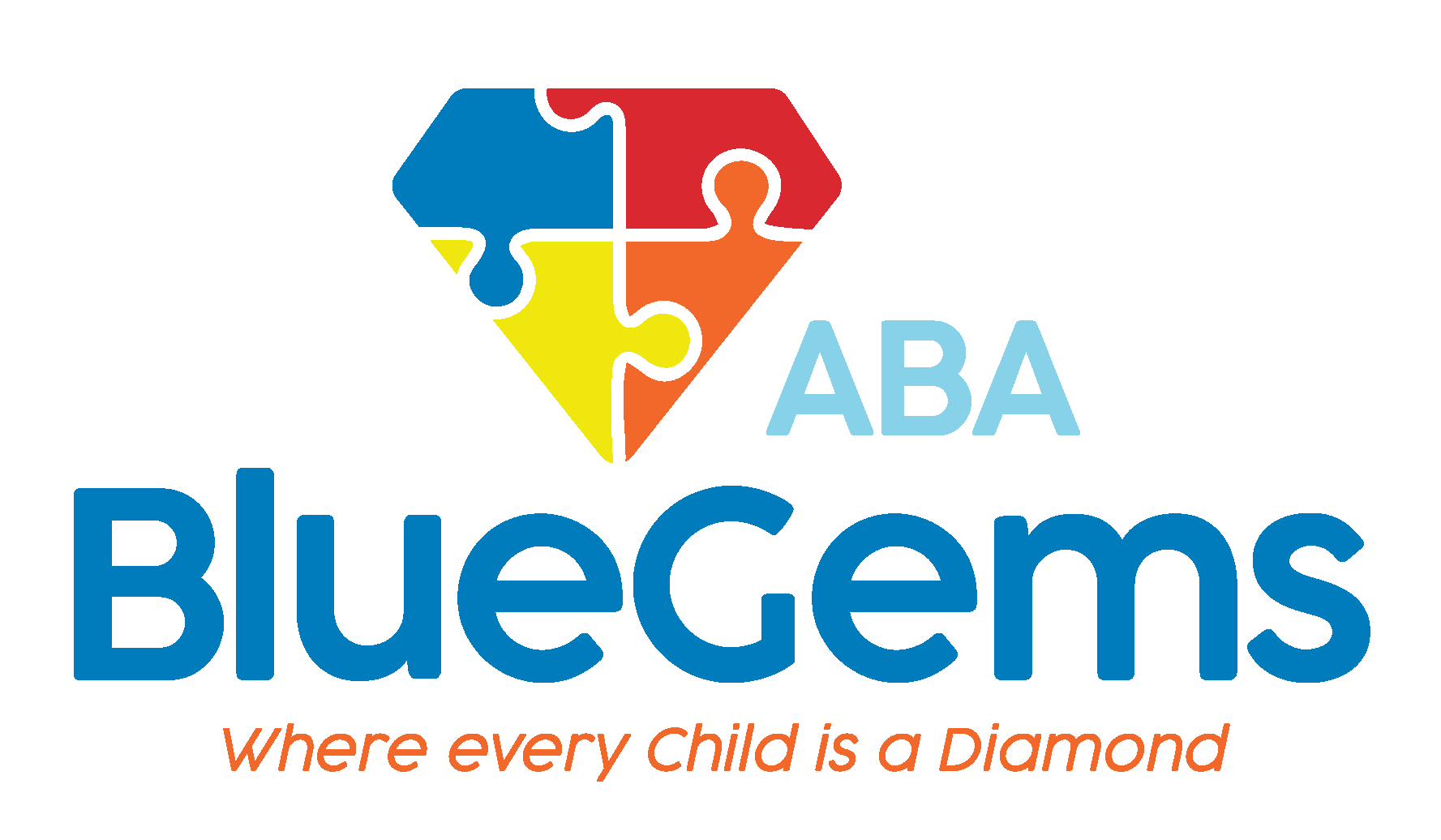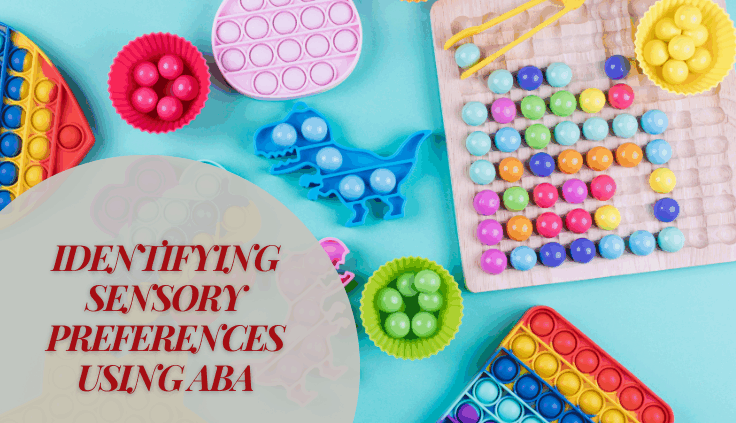Identifying Sensory Preferences Using ABA
All children experience life and the world around them in very unique ways. Knowing how a child might react to textures, tastes, smells, sounds and sights can help those around them support them in the best way possible.
While all children process senses in different ways, children with autism spectrum disorder (ASD) typically face additional sensory sensitivities. They might either avoid certain sensory inputs (hypersensitivity) or gravitate toward them (hyposensitivity).
Being able to identify a child’s sensory preferences is a key part of applied behavior analysis (ABA therapy), which is considered the gold standard of treatment options for children on the autism spectrum. Doing so will help calm them, keep them centered and enable them to navigate their day-to-day life more effectively.
In this article, we’ll discuss some of the ways in which ABA therapy helps to identify sensory preferences in children with autism.
Table Of Contents
Key Takeaways
Why is It Important to Identify a Child’s Sensory Preferences?
Children with ASD are affected significantly by their sensory sensitivities. So, helping to identify what their sensory preferences are helps them to navigate through life more successfully.
Understanding what sensory inputs the child prefers or causes them stress and anxiety helps parents, caregivers, therapists and other adults to provide effective support when they need it.

This allows for more effective communication and allows parents to plan ahead in case certain sensory inputs can’t be avoided.
For instance, if a child is hypersensitive to bright lights and loud noises, parents can plan for coping mechanisms for trips to the grocery store. This makes life for the child more inclusive while also enhancing their ability to learn skills that will be necessary for independent living.
Identifying Sensory Preferences in ABA
Children with ASD may be hypersensitive (avoid certain inputs) or hyposensitive (seek certain inputs). ABA therapy identifies these preferences using interviews, direct observation, and structured assessments to build effective supports.
Sensory Sensitivities Overview
How Does ABA Therapy Identify Sensory Preferences?
All ABA therapy treatment plans start with an initial assessment and evaluation period. Through various tools and methods, the therapy team will get to know each patient on a more personal level, discovering their abilities, their unique challenges and their preferences.
One of the first steps in ABA assessments is interviews with parents, caregivers and others. Since the parents and/or caregivers are the ones who spend the most time with the child — and have watched their development over the years — they will be able to provide valuable insights about the child.
These conversations might shed light on some aspects of the child’s development that might not be obvious right away when therapy sessions begin. This helps therapists set up proper ABA therapy strategies in a more effective and efficient way.
Direct observation is also a common tool that is used in ABA therapy to identify sensory preferences. Members of the therapy team will be able to see how the child behaves, responds to certain stimuli and interacts with the world around them.
Through this observation, therapists can gain a better understanding of sensory preferences the child may have, which can then be worked into the therapy plan.
Finally, there are structured assessments that are used in ABA therapy to help identify not just sensory preferences but what some of the triggers that may make a child feel overwhelmed, anxious or stressed.
ABA Therapy Tools for Identifying Preferences
What Happens Once Sensory Preferences Are Identified?
The work doesn’t end when sensory preferences are identified. To the contrary, the work has just begun at this stage.
With this information in tow, ABA therapy teams can develop effective intervention plans that are personalized to each child’s unique strengths, challenges and preferences.
This includes strategies, tools and coping mechanisms that will be tailored to the child’s sensory sensitivities. Certain coping mechanisms and supports such as noise cancelling headphones, sensory-friendly rooms and personalized diets may all be part of the treatment plan, depending on the information discovered through the assessment period.
By personalizing the treatment plan this way, children with autism are often more engaged in ABA therapy, which often leads to them being more successful in life.
Blue Gems ABA Identifies and Supports Children’s Sensory Preferences
Identifying sensory preferences in children with ASD is an important initial step of ABA therapy. That’s because doing so enables therapy plans to be tailored to each individual child’s unique challenges.
At Blue Gems ABA, we use various methods to identify the sensory preferences of the children we serve. These tried-and-true techniques help us support each patient in the way that’s most effective for them.
To learn more, please contact us today.




